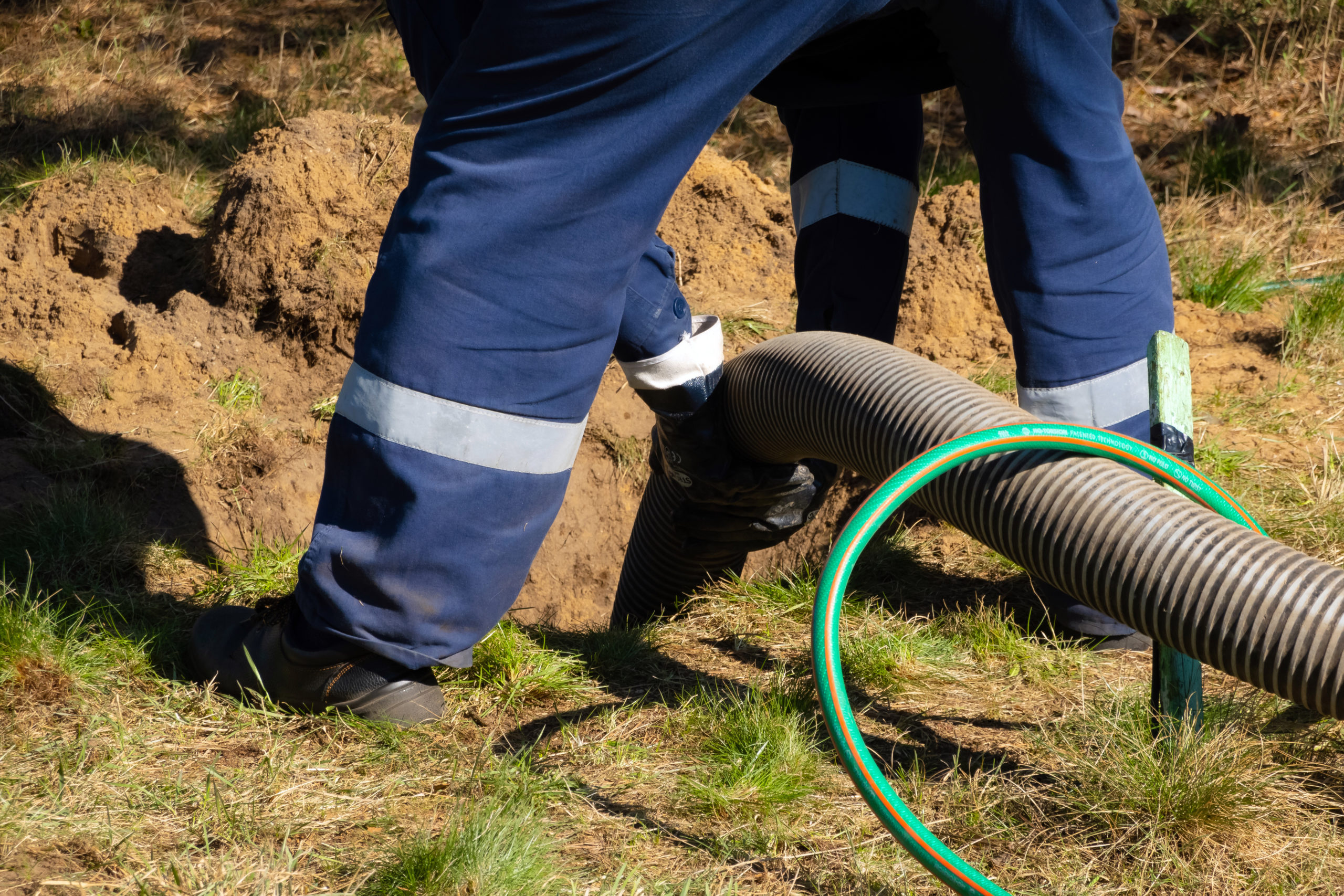The 45-Second Trick For Stillwell Septic And Grading
The 45-Second Trick For Stillwell Septic And Grading
Blog Article
The smart Trick of Stillwell Septic And Grading That Nobody is Talking About
Table of ContentsExamine This Report on Stillwell Septic And GradingNot known Details About Stillwell Septic And Grading The Single Strategy To Use For Stillwell Septic And GradingSome Known Facts About Stillwell Septic And Grading.The Best Guide To Stillwell Septic And GradingThe Buzz on Stillwell Septic And Grading
A leaky commode can lose hundreds of gallons of water a day. Take baths with a partially-filled tub and do not leave the tap running when doing various other tasks. Laundry only full lots of dishes and laundry.
Indicators on Stillwell Septic And Grading You Need To Know
Avoid shedding heaps of fallen leaves or branches over the drainfield, as the warm can damage the plastic pipelines listed below. Limit the enhancement of topsoil or compost to no greater than 2 to 3 inches over the drainfield. Septic Tank Repairs. An excellent rule of thumb for landscaping over drainfields is to make use of shallow-rooted plants that do not need added topsoil to grow
Grass is the ideal cover. Prevent trees, bushes, and water-loving plants with deep origins. Yards, mixed wildflowers, and ground covers with shallow roots are excellent choices. Plant trees and bushes at least 30 feet far from your septic container and drainfield to keep roots from entering into and damaging or clogging the drainfield pipelines.
A septic system failure causes untreated sewer to be released and moved to where it needs to not be. This might cause sewer to come to the surface of the ground around the container or the drainfield or to back up in pipes in the structure.
9 Easy Facts About Stillwell Septic And Grading Shown
The person that drops in obtains out without major injury. But a child's tragic fatality is a tip to inspect your septic system for damaged or missing out on covers. Proprietors of septic systems are in charge of ensuring the systems are risk-free and feature properly, including having a secure lid on the containers
Use bolts, screws, or other locks to secure the lids and protect against easy access. Never drive or park cars on top of septic systems- it can damage or remove the cover.
The Of Stillwell Septic And Grading
Make certain the lids are secured after working on your septic system. Instruct children that the septic system covers are not to be used or opened up. Have septic systems that are no longer in use effectively deactivated. For various other general risk-free methods around septic systems please review the Septics 201 DIY Program Septic Security Tips.
Noting the levels will assist identify if there is a prospective problem with the system. The container will certainly be entirely pumped down, getting rid of all of the liquid and strong waste - Septic Inspection. Once the storage tank is completely pumped, the inlet and outlet tees of the will certainly be inspected to guarantee they are still undamaged and working effectively
Fascination About Stillwell Septic And Grading
If you are home at the time of solution (completely not called for if that's not your thing) you may be asked to purge your commodes to ensure whatever is streaming effectively. Once the solution is complete, the septic system will certainly be covered as it was when we showed up! Professionals suggest having your system pumped every 3 to 5 years however a number of elements need to be thought about when deciding exactly how often your septic storage tank requires to be serviced.

If your septic has actually not been serviced in more than 6 months, we would certainly desire to service the septic. If the trouble persists, a drain cleaner will after that be sent out to clear the line to the septic container.
The Buzz on Stillwell Septic And Grading

If the ponding is focused over the leach area that can imply a leach line is obstructed with Bio-Mat and needs have a peek at these guys to be fixed or changed. Many septic systems have 2 to 3 covers; one over the inlet side of the septic system (where the water from your home goes into the storage tank), one in the facility of the tank, and one on the outlet side of the container (where the liquid from the tank departures to your leach area).
Cut up food particles do not damage down in the sewage-disposal tank and can make their escape right into your leach area lines triggering obstructions. Garbage disposals, also those significant septic safe, are ruled out beneficial for your septic system. Proper working degree is where the water degree in your container meets the outlet tee of the storage tank.
Report this page